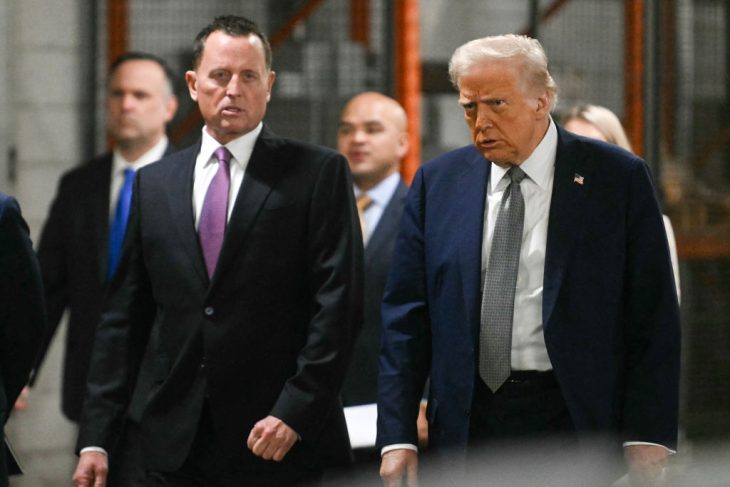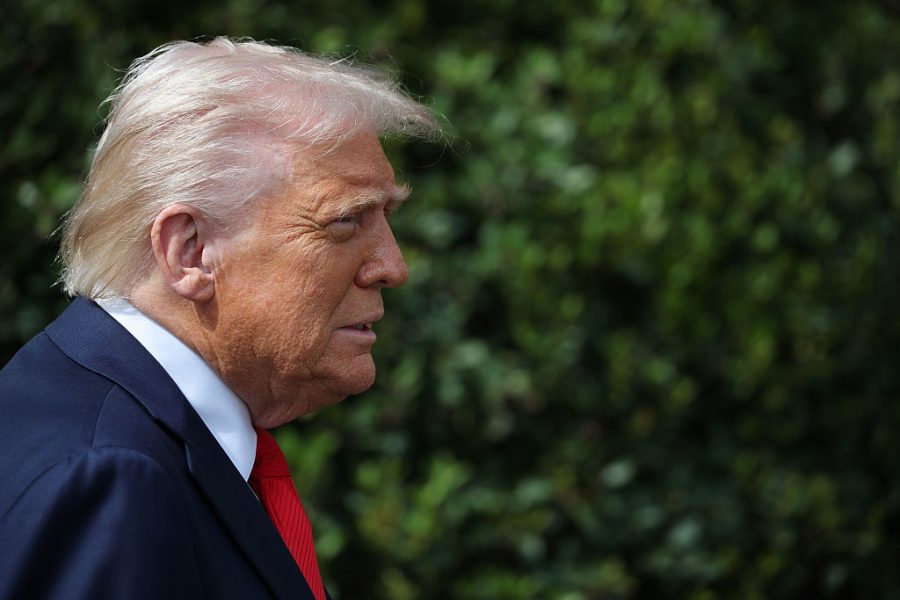Hitchcock would have loved COVID. It’s proving his point about fear: deep down, people actually enjoy it. ‘A mother,’ said the great director, ‘has in her arms a three-month-old baby…and she goes “boo!”, immediately causing the baby to get hiccups, and the child nearly cries and doesn’t — it begins to laugh.’ When the child reaches the age of five or six, it ‘goes on a swing. And what does it do? It goes higher and higher, until it scares itself by going too high and stops.’ Older children, and adults too, ‘pay money to go into the haunted house and come out giggling. They pay money to go on the rollercoaster and scream with fear.’
And, of course, they pay money to watch films that scare them witless. The crucial thing, however, is that they know, at the back of their minds, that they’re safe. For all that they jump and scream when the shower curtain is pulled back and the knife appears, their subconscious never forgets that they’re in a nice warm cinema with a bag of popcorn, and all the ‘danger’ is just make-believe.
The key word, mind you, is ‘subconscious’. Just for a moment, your conscious mind has to believe that the danger is real. ‘The spectator,’ wrote Hitchcock in an essay for Good Housekeeping magazine entitled ‘The Enjoyment of Fear’, ‘must be induced to forget what he knows. If he didn’t know, he would be genuinely worried. If he didn’t forget, he would be bored.’
And so it is with COVID. People know, in their heart of hearts, that the disease is unlikely to cause them serious harm, much less kill them. In Britain, we subconsciously still remember the words of our chief medical officer, Chris Whitty, from early March: ‘Even for the highest-risk group, the great majority of people will survive this.’ Back then our own anecdotal experience told us how trivial COVID was for most people: we all had a friend who’d lost their sense of taste for a couple of days in January, or felt completely knackered for a while in February, and only put two and two together later on.
But then along came the first lockdown, and the masks and the daily press conferences where Whitty stopped saying how safe we all were and started showing us graphs with scary red spikes. And some people took the chance to — another Hitchcock expression — ‘put their toe in the cold water of fear’.
I first noticed it in a supermarket. Despite the signs saying that every shopping cart was sanitized before being returned to use, a couple had brought along their own sanitizer and were wiping down their cart’s handle as though it were coated in Novichok. They wore disposable rubber gloves. Their masks were the full Darth Vader. Only their eyes were visible — and those eyes shone so brightly with fear that there was only one explanation: these people were enjoying it.
It’s the same when you see someone wearing a mask as they drive their car with no one else in it. Or stepping yards off the edge of a path and waiting until you pass. (My partner encountered one woman who told her children to ‘face the wall — face the wall!’) Or refusing to take the train even though there’s hardly anyone on it, precisely because everyone’s so scared.
If these people really believed their own terror, they wouldn’t have left the house in the first place. They know that this virus poses very little danger to them — but for now that knowledge stays buried, allowing their conscious minds to relish the fear.
Why should humans behave like this? Hitchcock himself had no explanation for what he called the ‘fright complex’. My guess is that it helps us feel alive. Like those soldiers who say they never felt more exhilarated than when the guy right next to them got shot through the head.
That’s what the fear-junkies subconsciously tell themselves. By wearing their super-strength masks, by wiping down that shopping cart, they’re cheating death, they’re looking COVID in the face and defying its vicious strength. All the while safe in the knowledge that its strength is far from vicious.
But no one wants to stay in the cinema forever. Sooner or later every movie has to end. Even if a vaccine hadn’t come along, there were signs that people were coming to their senses. They’re seeing the damage this hysteria has done (to their children’s education, to their prospects of keeping their jobs, to the health of cancer patients who really are at risk of dying), and they’re realizing that we can’t go on like this. In Europe, compliance levels in the second lockdown are way below those the first time around.
It’s usually the way: sequels rarely do much business at the box office. Still, plenty of people enjoyed the first film. Hitchcock would have been proud to direct it.
This article was originally published in The Spectator’s January 2021 US edition.

























